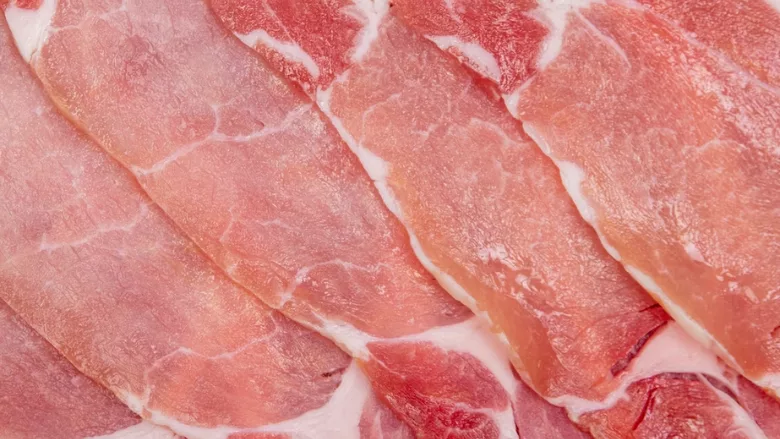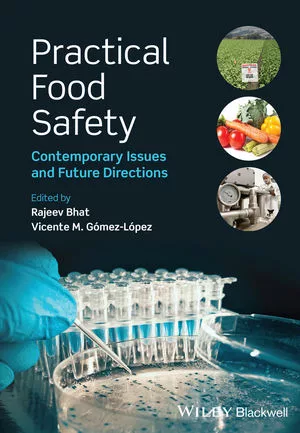Researchers Aim to Make Cured Meat Safer with “No Nitrite-Added” Curing Process

Credit: Andrew Molyneaux via Unsplash
Nitrites and nitrates, often added to foods such as cured meat to preserve quality and extend shelf life, are increasingly subject to scrutiny as research about possible negative health effects emerge. However, with funding from the U.S. Department of Agriculture’s Agriculture and Food Research Initiative (USDA’s AFRI), researchers from Texas A&M University are in the process of developing a method for curing meats without nitrites.
In 2015, the World Health Organization (WHO) classified processed meat as carcinogenic due to the curing process—which involves adding nitrites or nitrates by smoking—having the potential to form cancer-causing chemicals. Recently, regulatory bodies such as the European Food Safety Authority (EFSA) have called into question the food safety risk of nitrites and nitrates, and the French parliament has even approved a bill that calls for a gradual reduction in the use of nitrite in cured meats. Additionally, studies have shown that nitrite additives in foods may be linked to an increased risk of type 2 diabetes.
In response to health concerns associated with cured meat, processors have developed a way to “cure” meat products that contain no added nitrates or nitrites, except those naturally occurring. The currently used alternative curing method employs vegetable powder derived from celery as a natural source of nitrite to cure meat products. However, such products may have a detectable vegetable taste and can be considered less favorable to traditionally cured meat.
Wes Osburn, Ph.D., Associate Professor of Meat Science in the Texas A&M College of Agriculture and Life Sciences Department of Animal Science, has set out to find an innovative method to generate the nitric oxide (NO) and residual nitrite needed to cure meat and poultry products, without the addition of natural or synthetic nitrite sources.
With a $500,000 grant from USDA, Dr. Osburn is conducting research to determine the feasibility of a novel amino acid alternative curing system for meat. Knowing that nitrites and nitrates occur naturally in humans and in some foods, Dr. Osburn believes it is possible that adding the amino acid L-arginine to meats would activate the nitric oxide synthase (NOS) enzyme contained within. NOS converts L-arginine to NO and another amino acid, L-citrulline.
NO creates the characteristic cured pink color associated with cured meats. Moreover, two NO molecules can combine to form nitrite, which serves as an antioxidant and antimicrobial to enhance product shelf life and safety.
Dr. Osburn’s amino acid-based alternative curing method is expected to eliminate the need for direct or indirect addition of sodium nitrite in cured meat products. The research will also allow for a better understanding of the interconnected biochemical mechanisms contributing to the functionality of the NOS system.
Looking for quick answers on food safety topics?
Try Ask FSM, our new smart AI search tool.
Ask FSM →
The research team plans to develop processing and operating procedures for meat processors to effectively use the NOS system to cure meat and poultry products consistently and predictably. First, however, the feasibility of the process must be validated across various beef, pork, and poultry products under different conditions.
Still under investigation is whether NOS will generate sufficient amounts of NO to develop acceptable cured meat color and enough residual nitrite to ensure that the food is safe, regardless of product. Dr. Osburn is developing a prototype amino acid-cured ham product that will be taken through a manufacturing analysis for cured color pigment, volatile compounds, sensory factors, textural analysis, and shelf life. The research team will manipulate several variables, such as the arginine concentration, meat pH, temperature, and time to determine optimal conditions for NO generation.
The research is currently in its second phase, and will soon move into pilot plant production.







